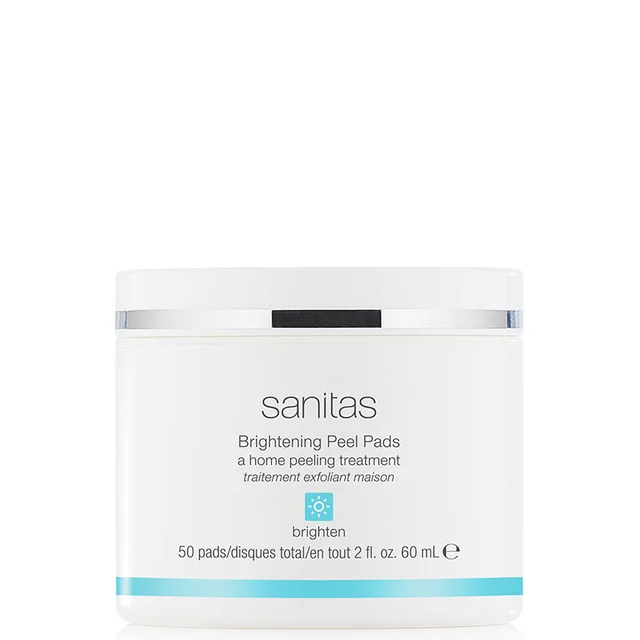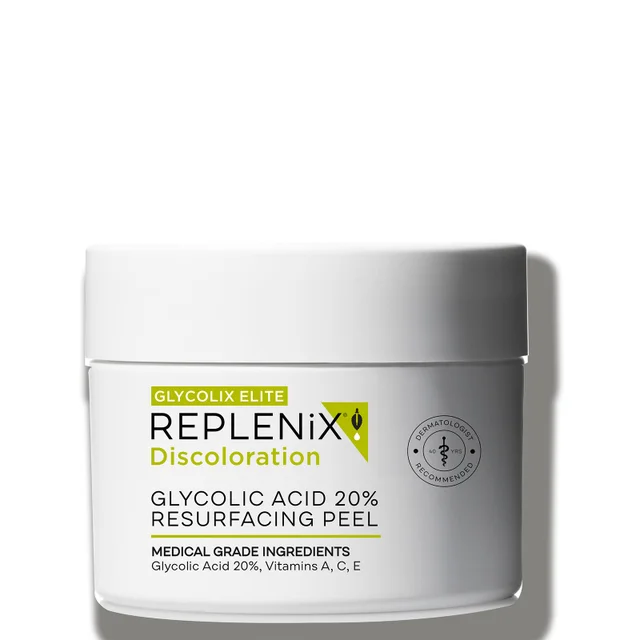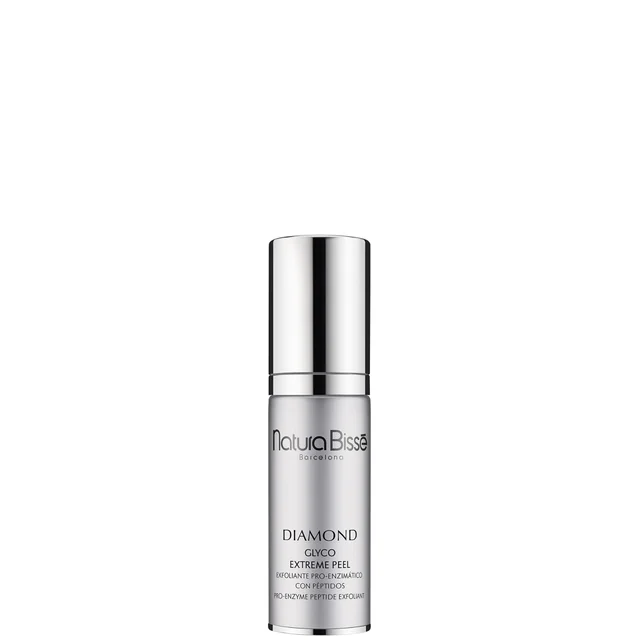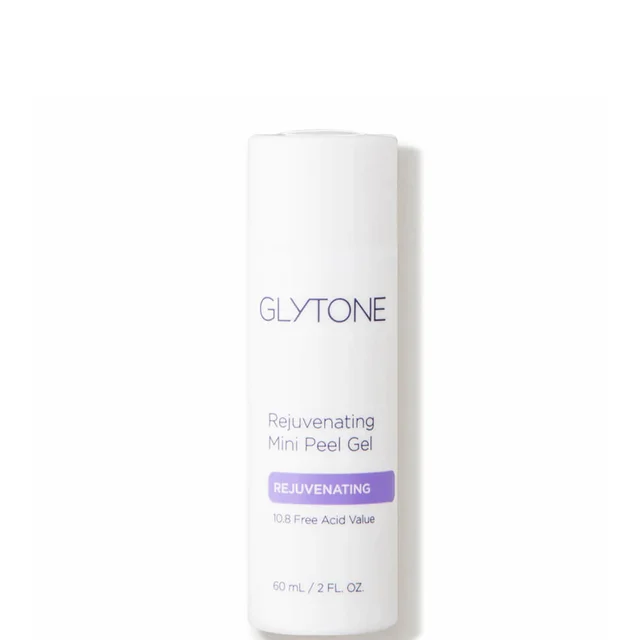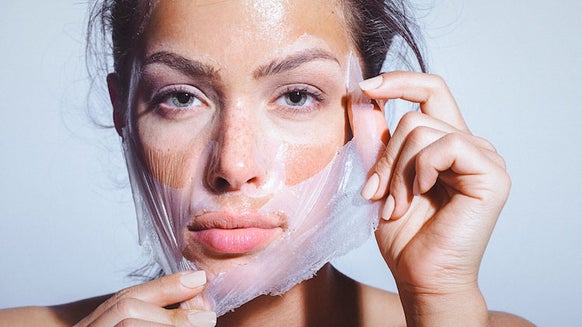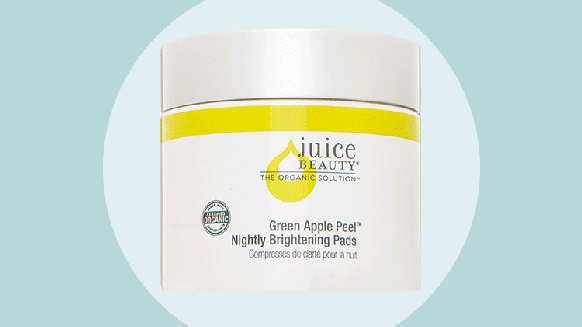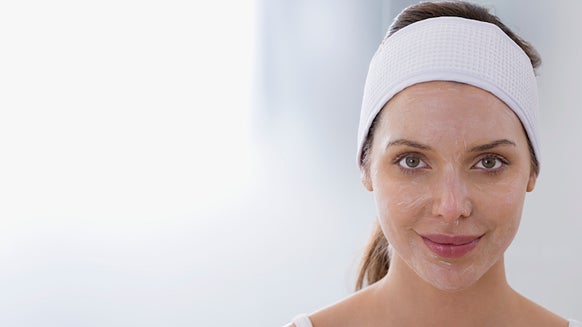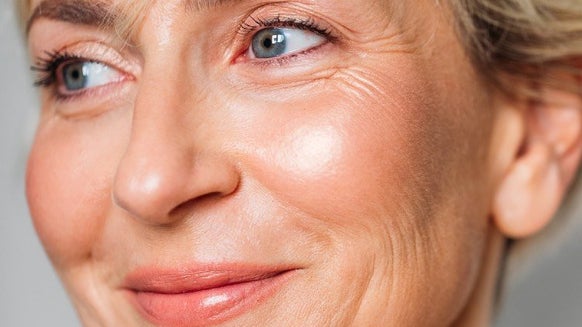How to Find the Best Types of Facial Peels for Your Skin
As skin care treatments continue to shift from the spa to the home, many people are discovering the power of a good facial peel. You might shy away from peels because they contain "acid" as a primary ingredient, but when used properly, they can do wonders for your complexion by brightening, smoothing and toning the texture of your skin. Get to know the different types of peels to find the right fit for your skin type and condition.
How They Work
At-home peels are similar to clinical-grade versions, but usually feature lower concentrations of the ingredients. They're also known as superficial peels, because they don't get as deep and aren't as potentially risky as clinical procedures. A peel removes the outer layer of dead skin cells to reveal clearer skin that is less affected by blemishes, discoloration and fine lines. Peels may also reduce the appearance of your pores by removing the dirt and sebum, an oily secretion of your skin that clogs and causes them to swell. The primary ingredients in these at-home treatments are trichloroacetic, glycolic, beta hydroxy and mandelic acids. A peel that contains a combination of acids is often best because it's less irritating than one high dose of a concentrated acid, and multiple acids can work together to provide synergistic effect.
TCA (Trichloroacetic Acid)
TCA, or trichloracetic acid, boasts the same type of acetic acid you find in vinegar—but is far more potent. TCA applied to the skin dries up the top layer of cells so it peels off—this may take days or weeks. The skin that appears from underneath the old cells is smoother and more even in tone. If you have hyperpigmentation due to sun damage or melasma, TCA is usually a good option.
Glycolic Acid
Most AHA peels, or alpha hydroxy acid peels, use glycolic acid as the primary ingredient. The glycolic acid improves your skin's texture, rebuilds collagen and can help reduce uneven coloration due to acne, age spots and sun damage. Its small molecules allow it to penetrate deeply into your skin.
Beta Hydroxy Acid
A close relation to alpha hydroxy acid, beta hydroxy acid features salicylic acid and contains anti-inflammatory properties, so it can reduce the irritation some people experience after a glycolic-acid peel. Peels that contain salicylic acid can help fight acne by drying up excess oil and cleaning out clogged pores. BHA peels are thus useful if you have blemishes or discoloration due to acne. People with rosacea or other sensitive skin conditions may prefer BHA peels, too, because of their gentler qualities.
Mandelic Acid
Mandelic acid is a type of alpha hydroxy acid that is especially effective for clogged pores, blackheads and acne on the face and body. It's gentler than glycolic acid, so the range in concentrations varies greatly from 10 to 25 percent. Like most peels, it flakes away the top layer of skin to reveal a brighter layer underneath. Mandelic acid peels may also help you fade dark marks and other discoloration over the course of several weeks with a once- or twice-per-week application.
Dos and Don'ts
Most peels don't need to be applied daily. Follow the manufacturer's directions of how often to use them—usually once or twice a week at most. Also, avoid bright sunlight in the immediate days after a peel and always use sunscreen, since the fresh skin is vulnerable to burns. After your peel, it's important to be gentle to the new layer of skin revealed. Do not exfoliate for at least a week and always start with a low concentration first if you're new to peels before gradually working up to a greater strength. While at-home peels can give you results, don't expect them right away. It often takes multiple treatments to see any improvement.
This article has been reviewed by board-certified dermatologist Dr. Emmy Graber.

From the latest hair and makeup trends to the best solutions for your skin issues, we've got all your beauty concerns covered!
